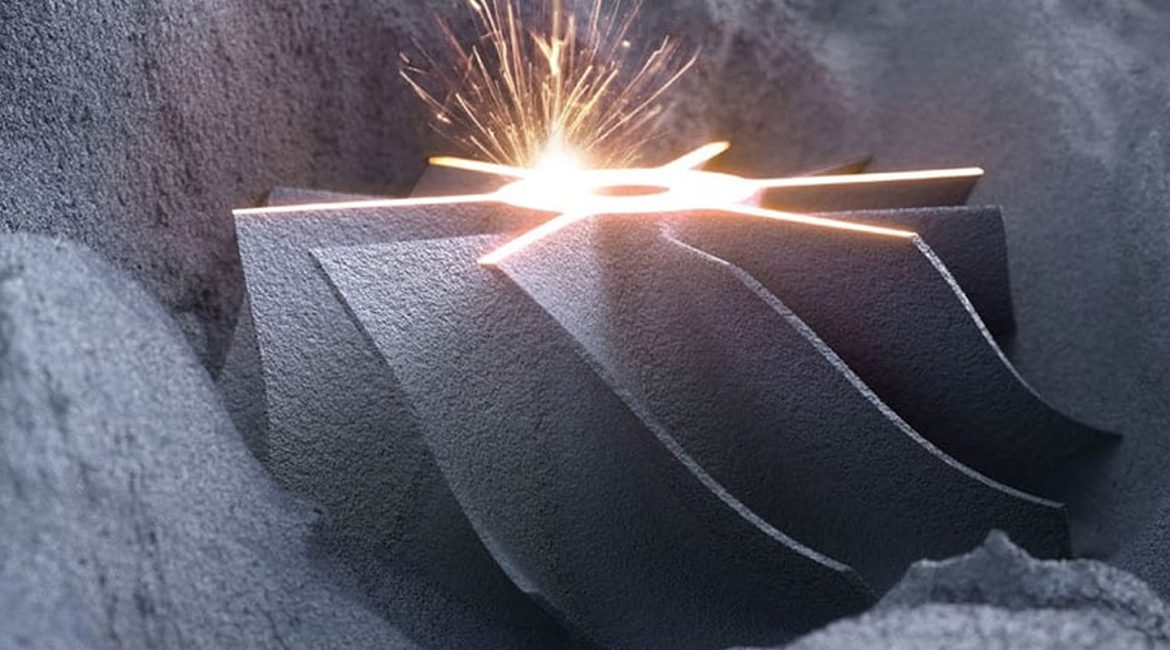3D fiber laser cutting machines utilize software to generate precise three-dimensional cutting paths. Then, a focusing lens concentrates the fiber laser beam for material processing. Because of its flexibility in handling diverse shapes and ensuring product quality, this technology is widely adopted in automotive production lines. In fact, 3D laser cutting technology can cut and modify different shaped blanks. Also, it can accurately create perforations according to blueprint specifications, thereby streamlining production.
Robotic 3D fiber laser cutting machines represent a cutting-edge advancement in laser cutting. Since its initial application in 1983 for cutting car body steel panels, 3D laser cutting has gained popularity in industries like automotive and aerospace. This is because it offers benefits like shortened production cycles, material conservation, improved efficiency, and reduced costs.
However, not all materials are suitable for processing with a 3D laser cutting machine. Here are some materials that are generally not recommended:
Non-Metallic Materials: For example, materials like stone, fabrics, and leather. Typically, these materials do not effectively absorb the specific wavelengths emitted by the 3D laser cutting machine. Therefore, this results in suboptimal cutting performance. In simpler terms, the laser “doesn’t work” on them.
Medium-Density Fiberboard (MDF): Since 3D fiber laser cutting machines employ thermal processing, cutting MDF can lead to combustion. This, in turn, causes charred edges and fails to meet cutting requirements. MDF mainly consists of fiberboard, wood fibers, and plant fibers, combined with urea-formaldehyde resin and adhesives. Consequently, this makes it unsuitable for laser cutting.
Highly Reflective Materials: For instance, rare metals like copper. Although, theoretically, a 3D laser cutting machine could cut these materials, their low absorption rate of the laser wavelength poses a problem. They reflect a significant portion of the energy, potentially damaging the machine’s protective lens. As a result, special precautions are necessary during operation.
3D laser cutting machines find primary application in industries like automotive manufacturing, machinery manufacturing, and metal processing. These industries often require the processing of three-dimensional workpieces. The technology is highly intelligent, effectively saving labor, material, and time costs. In production, the system intelligently cuts on any surface of the workpiece without manual angle adjustments.

